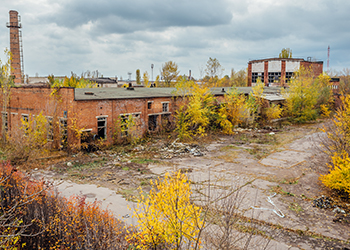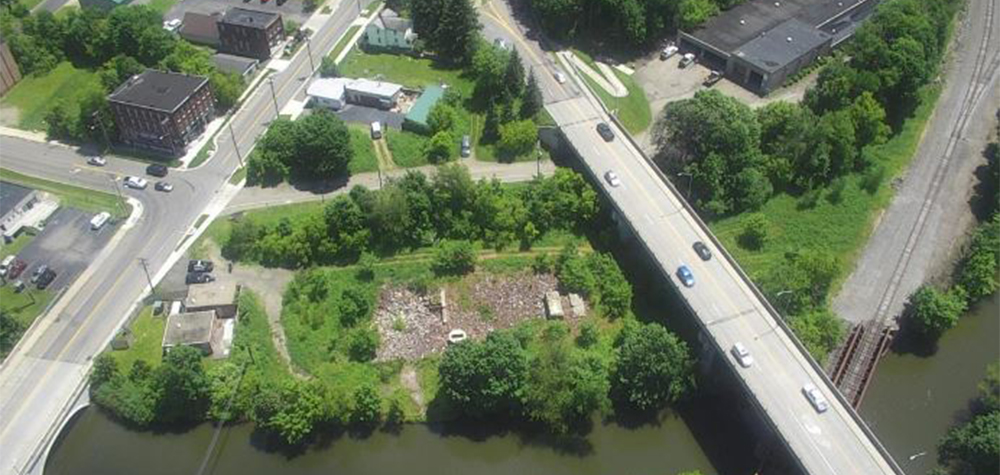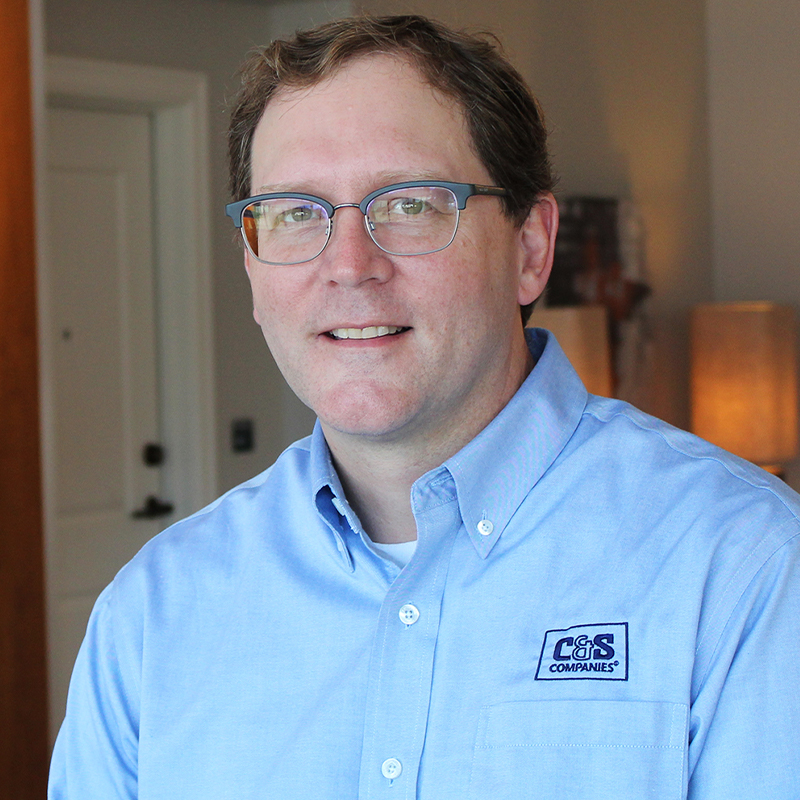Insights: Brownfield Planning
Why contaminated properties aren’t as scary as they used to be and how they can be redeveloped in a way that protects the environment while giving back to local communities.
In the planning and development world, brownfield is typically a ‘dirty’ word. When brownfields are discussed, they are typically seen as difficult properties that are nearly impossible to redevelop let alone be of productive use to the community. Negative impacts of brownfields include:
- Threats to human health and the environment
- Sources of blight
- Tax burden
- Low property value
But, the narrative surrounding brownfields has started to change in recent years. Thanks to new programs at both state and federal levels, brownfields are becoming less of a challenge and more of an exciting opportunity to fill gaps within communities and aid in revitalization.

According to the Environmental Protection Agency a brownfield is “a property, the expansion, redevelopment, or reuse of which may be complicated by the presence or potential presence of a hazardous substance, pollutant, or contaminant.” Brownfield properties are often underutilized or have been abandoned by previous owners and are left within the community’s hands.
Brownfields come in all shapes and sizes and range in size from large, vacant mill complexes spanning back to the early 1900s to small gas stations and former local dry cleaners.
At C&S, our environmental team encourages both our public and private clients to give brownfields a chance.
Here’s why:
Funding for brownfields through the EPA and state agencies continues to grow. As communities have increasingly come to realize the negative impact that brownfield sites have on their economic vitality, they begin to look for available funding to kick start productive reuse and return properties to the tax rolls and back to contributing to their community.
Many local governments do not have the capacity within their local budgets to perform the initial due diligence that is required for this to happen. Fortunately, the EPA and state agencies partner with communities to investigate the types and degree of contamination that may be present. Since the EPA and state environmental agencies have the ultimate goal of protecting natural resources, working with communities to clean up brownfields is a match made in heaven.
State and local funding that aids in brownfield assessment, cleanup and reuse planning includes:
- S. Environmental Protection Agency
- Community-Wide Assessment Grants
- Revolving Loan Fund Grants
- Multipurpose Brownfield Grants
- Remediation Grants
- Targeted Brownfield Assessment Funding
- Emergency Removal Action Funding
- Brownfield Cleanup Grants
- New York State Department of Environmental Conservation
- Brownfield Cleanup Program (tax incentive program)
- NYS Spills Program
State funding that aids in brownfield planning includes:
- Department of State
- Brownfield Opportunity Area Program (through the CFA application process)
When communities are able to utilize the funding sources above, they become more knowledgeable about historic uses of properties, types of contamination and potential reuse. When empowered with information about brownfield sites, attracting developers and obtaining more funding for cleanup or remediation becomes possible.
Remediation and redevelopment of former brownfield properties provides a wide-variety of benefits such as efficient use of existing infrastructure, an increase in density and the reduction for the need to develop on greenfields.
Community Success Story:
The City of Jamestown completed two Brownfield Opportunity Area planning projects, one in 2014 and the other in 2017. After completing the two BOAs, which focus specifically on the redevelopment of potential brownfields, the City was a strong contender to win an EPA Community Wide Assessment Grant. The City was awarded the grant in 2019. Since then, the City has been able to complete Phase I and Phase II Environmental Site Assessments on dozens of properties. This has allowed to the City to build an inventory of brownfield and underutilized sites that are candidates for reuse. The City has used that inventory to kick start new projects on brownfields including a waterfront Skate Park and public transportation hub. Both of which will have a positive impact on the Jamestown community and directly give back to those who live and work in the surrounding area. Without initial brownfield planning to strengthen the City’s EPA grant application, and the assessment that stemmed from the EPA grant, those projects may not have been possible.

How to get involved
- Stay up to date on EPA and state agency grant announcements
- Compile a potential brownfield inventory to use for grant applications and to market to developers
- Form a relationship with environmental agencies
- Start a brownfield Steering Committee
- Encourage public participation in reimagining brownfields
- Work with our private clients to seek out and redevelop brownfield sites
Want to learn more about brownfield planning and funding for assessments? Reach out to Emma Phillips at ephillips@cscos.com or Daniel Riker at driker@cscos.com within our Environmental Department.

Environmental Department Manager

Planner